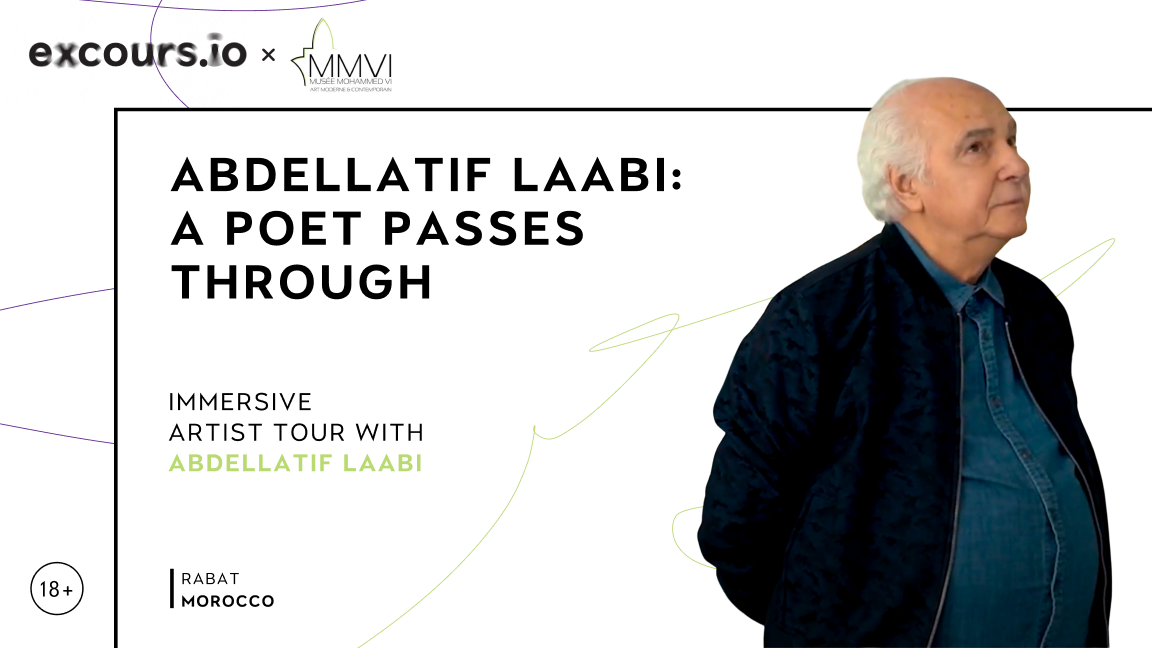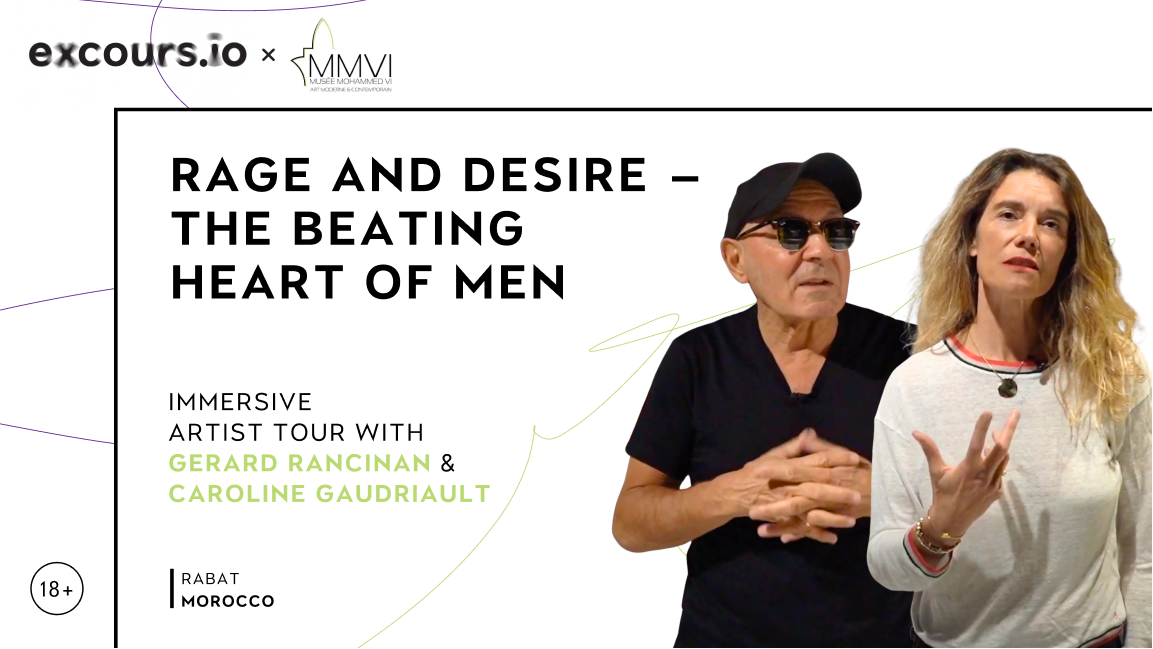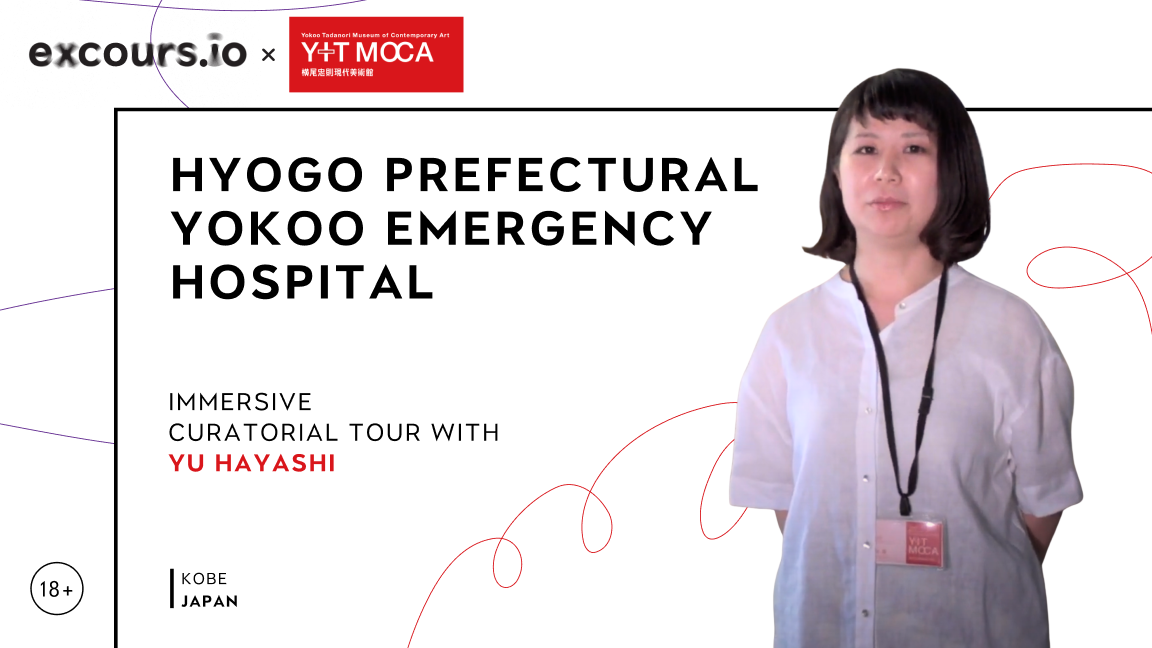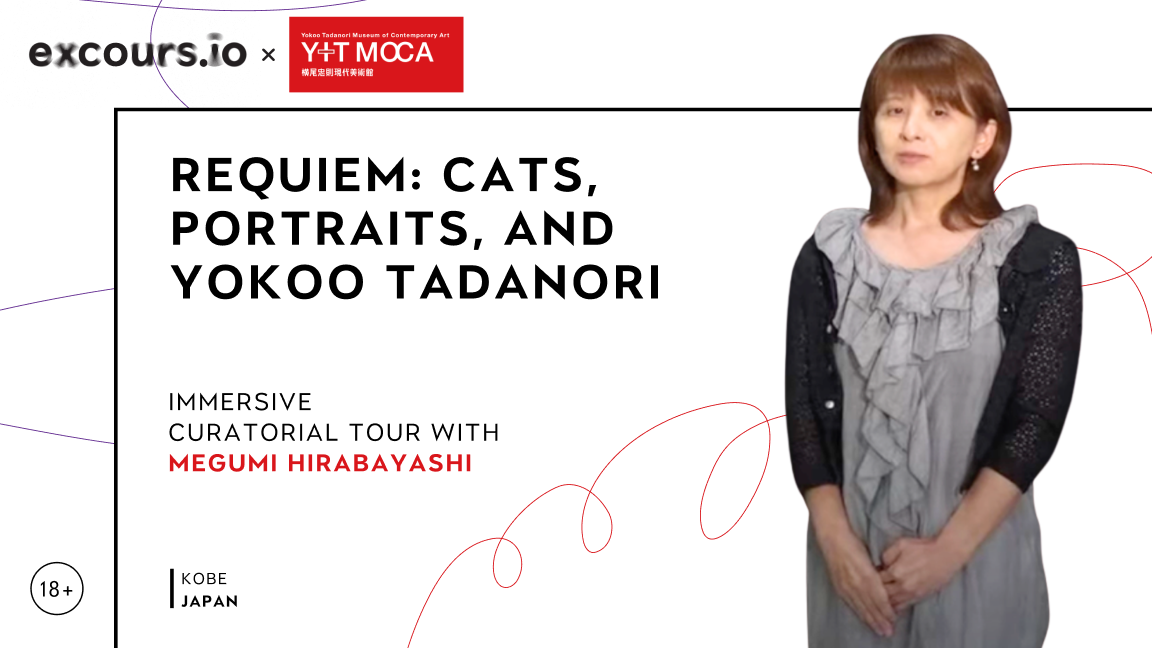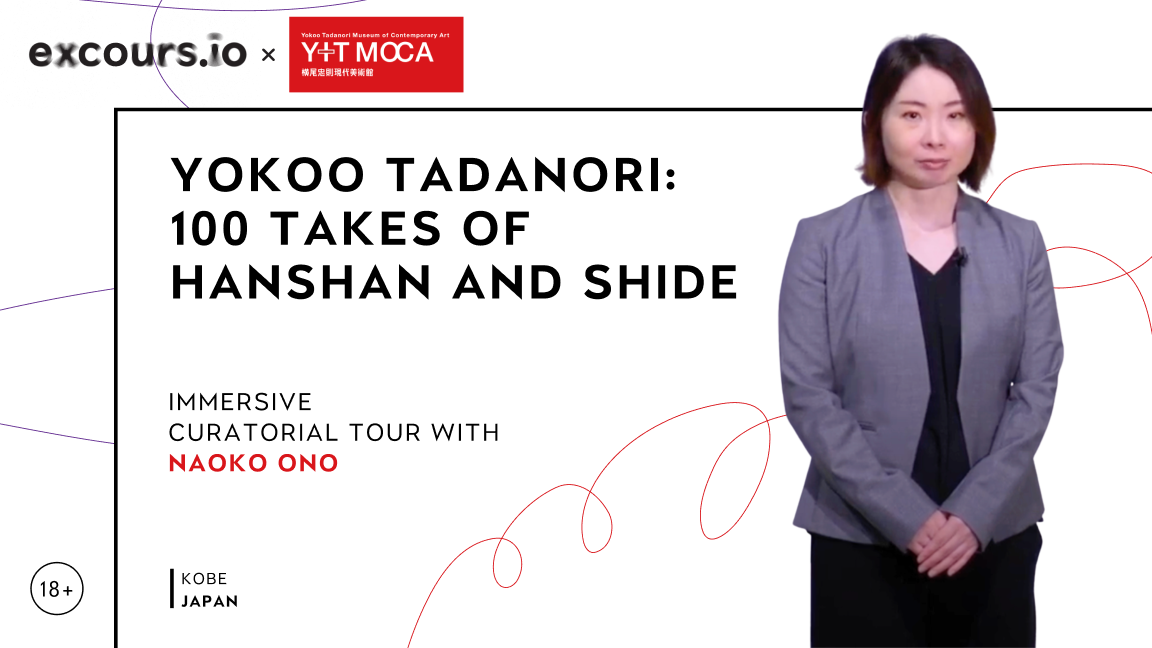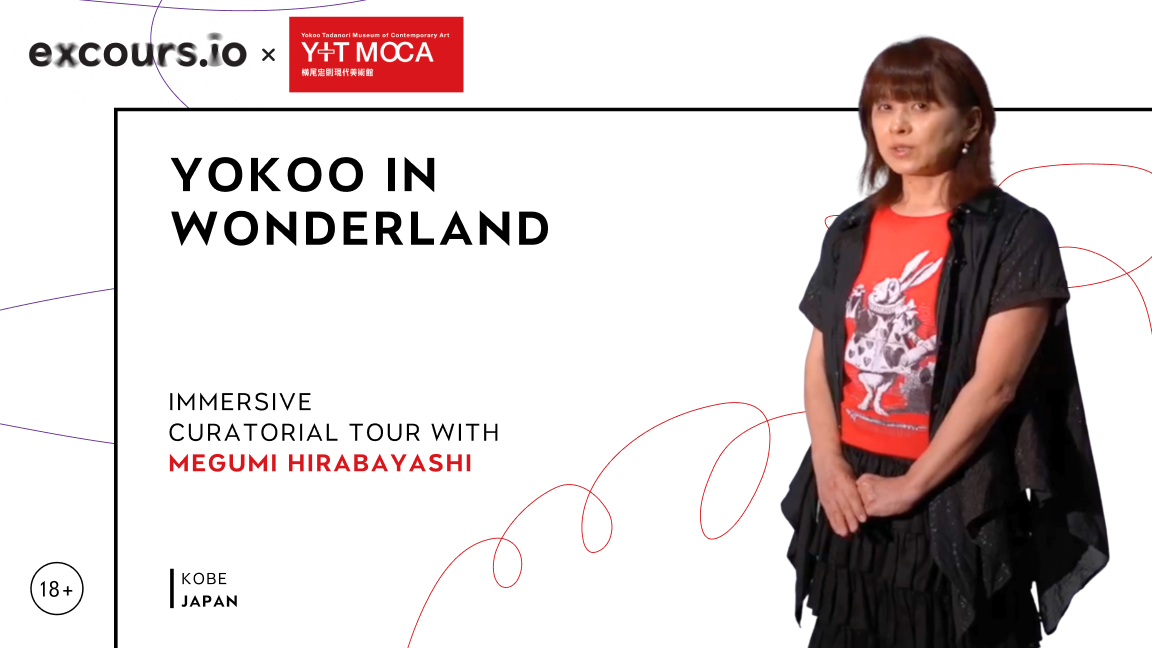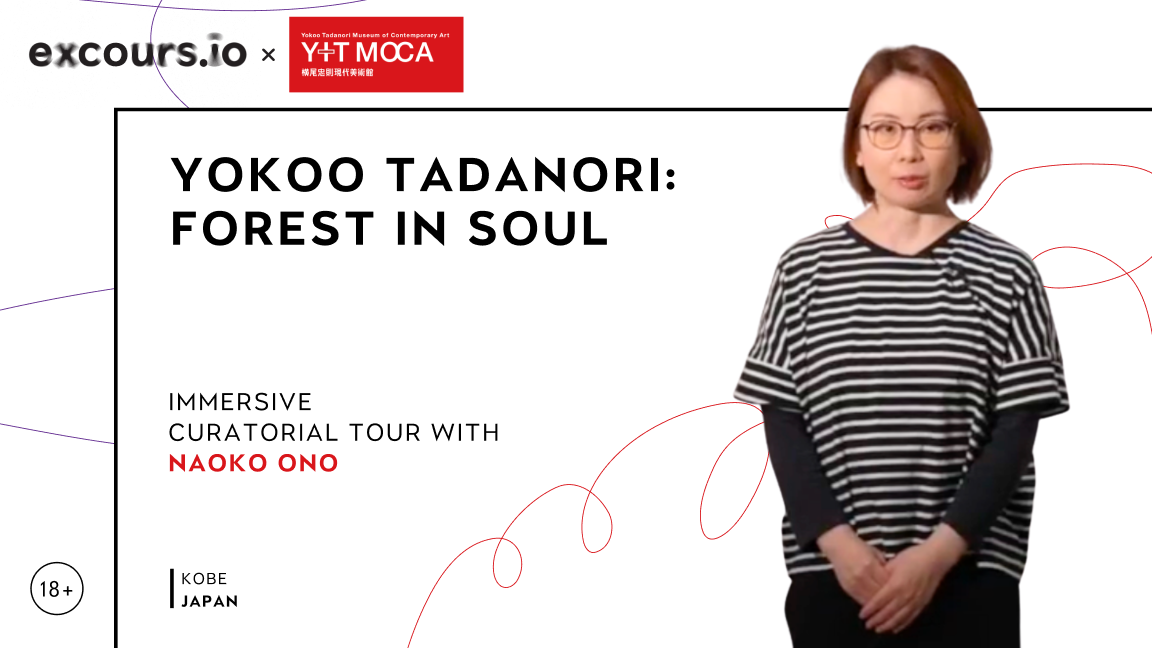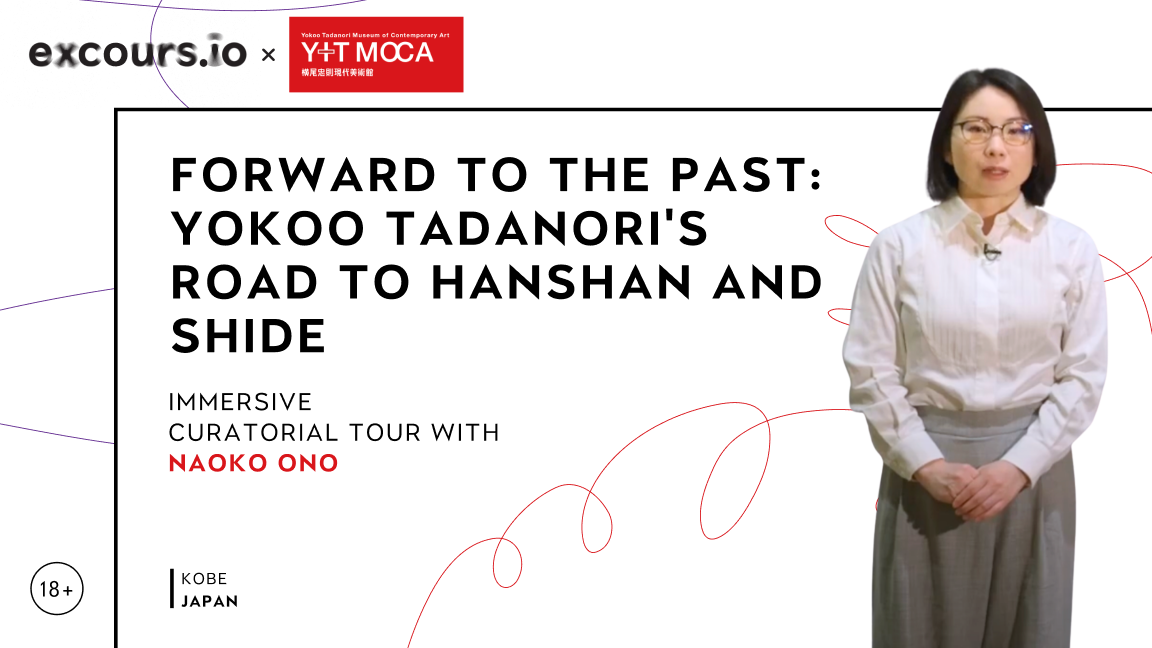Abdellatif Laâbi: A Poet Passes Through
A Poet Passes Through celebrates the expansive world of Abdellatif Laâbi, the Moroccan writer, poet, and painter, at the Mohammed VI Museum in Rabat. This exhibition explores Laâbi’s rich and engaged body of work, presenting him as a voice for a generation seeking meaning through art. It unveils the creative spirit of an era, featuring literary works, archival documents, paintings, and videos that trace his journey and reveal his less-known facet as a painter. A significant focus is the groundbreaking Souffles review, co-founded by Laâbi, which profoundly transformed Moroccan culture and liberated minds. Visitors will discover how one artist’s vision and intellectual struggle historically shaped artistic expression and continue to resonate today, offering a unique insight into a life dedicated to creative impact.
Why should you watch this?
A Poet Passes Through speaks directly to questions of voice, memory, and cultural freedom. Abdellatif Laâbi’s journey — from the radical energy of Souffles to the intimacy of his paintings — shows how words and images can both confront oppression and nurture renewal. The exhibition reveals the texture of a life lived in dialogue with history, where poetry became protest and later painting carried a quieter, but no less powerful, resonance. To watch it is to sense how one artist’s struggle for expression connects with ongoing searches for dignity and meaning, making Laâbi’s work as urgent as it is timeless.
“Rage and Desire — The Beating Heart of Men” by photographer Gérard Rancinan and writer Caroline Gaudriault
This exhibition, Of Rage and Desire, The Beating Heart of Men, presents a unique photographic and literary confrontation exploring the state of humanity in the modern era. Conceived by international photographer Gérard Rancinan and French author Caroline Gaudriault, the project uses monumental imagery and reflective texts to critically examine the profound social contradictions and transformations that have defined life in the 20th and 21st centuries. The display features Rancinan’s striking, metaphor-rich photographs, which often reinterpret classic masterpieces, alongside Gaudriault’s powerful calligraphic installations. Organized into three immersive parts, the exhibition charts our complex relationship with Modernity and societal upheaval. Visitors leave having considered the full range of human feeling — our hopes, rages, desires, and responsibilities — within the continuous transformation of the global world.
Why should you watch this?
The film Of Rage and Desire, The Beating Heart of Men speaks directly to our fractured present by pairing Gérard Rancinan’s monumental, often operatic photographs with Caroline Gaudriault’s hand-written texts, forcing a conversation between image and language about power, longing, and social fracture. Moments such as a staged tableau that echoes a classical masterpiece and a nearby wall of looping calligraphy confront viewers with feeling and argument at once — beautiful, unsettling, and hard to look away from. The effect is both visceral and cerebral: it provokes anger, invites reflection, and asks a final responsibility of us all — to name what we want and what we must change.
Hyogo Prefectural Yokoo Emergency Hospital
The exhibition Hyogo Prefectural Yokoo Emergency Hospital explores the profound connection between artist Yokoo Tadanori’s body, his life, and his creative output. Spanning his journey from sensory childhood experiences to confronting old age, the exhibition highlights Yokoo’s unique philosophy of trusting physical sensation over mental states, even in the face of numerous illnesses and injuries such as asthma and facial palsy. The museum is transformed into a hospital setting, featuring works, diaries, and sketches by Yokoo, including his prophetic With Corona series of 2020 which addressed masks. Viewers are invited to reexamine their own relationship with the physical and consider how challenges, including those of a global pandemic, can inspire resilience and artistic force. This presentation underscores the body as a truthful guide for life and art.
Why should you watch this?
Hyogo Prefectural Yokoo Emergency Hospital reframes illness, aging, and crisis as sources of creativity rather than decline. In transforming a museum into a functioning hospital, the exhibition unsettles yet captivates by asking visitors to confront the fragility of the body — the same fragility Yokoo has long turned into art. His sketches made from a sickbed and the eerie humor of his With Corona collages capture the tension between vulnerability and resilience with startling clarity. The experience ultimately reminds us that the body, in all its imperfections, can guide not only personal survival but also shared imagination for the future.
Yokoo Tadanori’s Game of Life
Yokoo Tadanori’s Game of Life transforms the artist’s remarkable journey into an interactive board game, inviting visitors to experience his extensive artistic world firsthand. Born in 1936, Yokoo Tadanori has navigated a career spanning decades, marked by a philosophy that embraces destiny and chance. The exhibition explores how his art reflects life’s unpredictable path, where outcomes are often left to fate, much like reaching the “Finish” square in a game. Through this engaging format, featuring the visionary artist’s work, the exhibition encourages reflection on the interplay of choice and fortune in shaping creative expression and individual trajectories. Visitors will gain a fresh perspective on his unique artistic vision and the unpredictable nature of life itself.
Why should you watch this?
The film Yokoo Tadanori’s Game of Life feels urgent now because it frames existence as both play and chance, echoing the uncertainty of our own times. Yokoo’s use of the board game format highlights how life’s path is shaped as much by accident as by intention, a theme that resonates in an era of shifting global realities. Moving between moments of triumph, setback, and surprise, the exhibition transforms autobiography into a shared reflection on fate. The playful roll of the dice becomes a metaphor for resilience, leaving viewers with a reminder that unpredictability is not chaos but a condition of living.
Requiem: Cats, Portraits, and Yokoo Tadanori
Requiem: Cats, Portraits explores artist Yokoo Tadanori’s profound connections with departed friends, family, and beloved cats, tracing his influential career from the 1960s to the present. Born in 1936, Yokoo’s artistic journey has always been shaped by deep personal relationships and collaborative endeavors across various creative fields. The exhibition features portraits and personal statements, alongside items like the Tama, Come Home series, dedicated to his late cat. Visitors will also see examples of his enduring friendship with designer Issey Miyake, including iconic invitation designs from the 1970s onwards. This unique presentation invites viewers to reflect on how cherished relationships transcend time, influencing an artist’s vision and offering a glimpse into a timeless “Yokoo World.”
Why should you watch this?
The film Requiem: Cats, Portraits speaks to the need to keep memories alive in a time when loss touches many lives. Yokoo Tadanori’s portraits of friends, family, and his late cat Tama are not only records of affection but also reminders of how relationships shape creative vision. The display of Issey Miyake’s invitations alongside Yokoo’s drawings captures the energy of a friendship that spanned decades, showing how personal ties can fuel artistic innovation. Moving between private recollection and shared cultural history, the work invites viewers to consider how love, grief, and memory continue to shape the world we inhabit.
Yokoo Tadanori: 100 Takes of Hanshan and Shide
100 Takes of Hanshan and Shide presents artist Yokoo Tadanori’s series of 102 paintings, reinterpreting figures from China’s Tang dynasty. Hanshan and Shide, eccentric poets believed to be bodhisattvas, have inspired artists for centuries with their enduring mystery. Yokoo found them an ideal image, projecting them onto diverse scenes like ukiyo-e-style women and marathon runners, a quest begun with his interpretation of Soga Shohaku. This exhibition reveals Yokoo’s sustained creative power after forty years, connecting ancient legends with contemporary art. Visitors will reflect on the timeless interplay between myth and artistic vision, appreciating how one artist continually reshapes enduring narratives.
Why should you watch this?
The film 100 Takes of Hanshan and Shide speaks to our moment by showing how myth and misrule become tools for thinking about continuity and change. Yokoo’s decision to paint 102 versions — placing ragged, poetic figures beside ukiyo-e women, Belorussian lovers, and marathon runners — stretches time and tests who belongs in stories we keep. Some images shock: Hanshan laughing in garish color or Shide pacing through a crowd of runners; others disarm with tenderness. The work feels at once playful and provocative, inviting viewers to reconsider tradition as a living practice and to carry forward compassion and imagination into uncertain futures.
Yokoo in Wonderland
Yokoo in Wonderland invites visitors into artist Yokoo Tadanori’s parallel realm, where the boundaries of reality dissolve into a collection of wonders. Drawing inspiration from Lewis Carroll’s classic Alice in Wonderland, the exhibition guides viewers through a journey that begins with a girl falling into an underground kingdom, then continues into space and an unknown world. The experience progresses through “The Looking-Glass World,” where real and virtual images intertwine, and concludes in “The Land of Dreams,” blurring reality and unreality. Through Yokoo’s distinctive artistic vision, this exhibition encourages a deep immersion into an infinitely expanding universe, prompting reflection on how art can transport and reshape our perception of the world.
Why should you watch this?
Yokoo Tadanori: Forest in Soul
Yokoo Tadanori: Forest in Soul brings to life the artist’s 2022 novel, Genkyo no mori, transforming its narrative into an immersive exhibition. Yokoo Tadanori, a renowned painter and writer, explores art and life through conversations with 280 departed souls. These figures, from celebrated artists like Pablo Picasso and Marcel Duchamp to personal acquaintances and his beloved cat Tama, profoundly shaped Yokoo’s artistic vision throughout his career. The exhibition’s forest-like setting visually embodies these dialogues, inviting visitors to wander through Yokoo’s imagined world. Guests will discover how timeless influences from diverse realms can inspire creativity, prompting reflection on the enduring connections between existence, artistry, and memory.
Why should you watch this?
Forward to the Past: Yokoo Tadanori’s Road to Hanshan and Shide
The exhibition Forward to the Past: Yokoo Tadanori’s Road to Hanshan and Shide presents artist Yokoo Tadanori’s compelling new paintings, inspired by the Tang-dynasty (618-907 CE) Zen monks Hanshan and Shide, alongside key works from his extensive artistic journey. Responding to the profound global shifts beginning in 2020, Yokoo retreated to his studio, developing his “moro-tai” (obscure style) to portray Hanshan and Shide, celebrated for their tousled hair, ragged clothes, and hearty laughter. This collection reveals how an artist’s personal introspection during times of societal change can lead to an unexpected connection with historical figures and artistic renewal, inviting visitors to consider the enduring power of creative resilience across ages.

